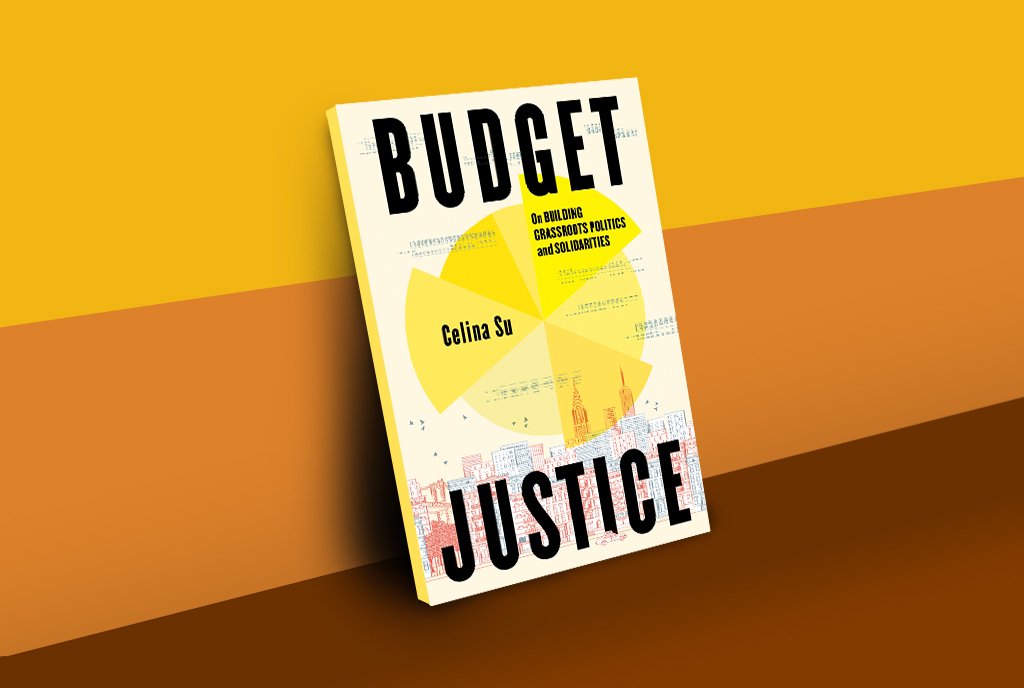
Editors’ note: This article, first published in the Grassroots Fundraising Journal in Mar/Apr 2010, has been republished for Nonprofit Quarterly with minor updates.
If you can imagine a really large prison crammed with livestock—chickens, pigs, or cattle—you’ve got some idea of what a factory farm is like. Thousands of animals stand in their own waste until the employees—often low-wage immigrant workers—hose it into large, foul holding ponds. These practices are not only hard on the animals and the workers, they’re also hard on the neighbors, the land, and the water they depend on.
Iowa Citizens for Community Improvement (CCI) helps local communities fight back on social, economic, and environmental justice issues, including the impacts of factory farms. Iowa CCI members organized to counter intensive pressure from the Farm Bureau and other special interests as citizens sought to protect Iowa’s water quality. The resulting victory took their opponents by surprise—the new legislation was even stronger than the original rule that Iowa CCI had been working to pass. Without a large and active membership, it never would have happened—and without an aggressive “ask” program, the organization would never have built the membership base needed to win.

People Power Is the Key
Since 1995, Iowa Citizens for Community Improvement has recruited and engaged more than 3,000 members (see Figure 1) on a wide range of issues. (The recent decline in membership is discussed below.) In addition to factory farming, these include excessive interest on payday loans, reducing corporate influence in politics, and non-payment and abuse of undocumented workers. As member Judy Lonning says, “I’m so impressed with the way we get things done. When we work together, we have tremendous power to advance the cause of justice, and CCI empowers us to stand together on critical issues.”
The group’s philosophy of membership development makes it particularly effective. As Katie Bryan, membership and communications co-coordinator, points out, “Our theory of social change is that the people most affected by issues should be in the driver’s seat. We believe in people power versus staff power.” Member Francisco Contreras adds, “The open line of communication between members and staff is key. Also key is having members be involved in the leadership and planning process.”
Member Growth and Engagement: It’s All About Organizing
Everyone at Iowa CCI understands that increasing their membership and engaging members in meaningful organizing are essentially the same work. Staff ask people to join at every opportunity. In addition to regular mass mailings, the group recruits new members in the following ways:
- Organizers make it clear that membership is required for anyone wanting to work on an issue: a minimum of $25 per individual, $35 per family. Introductory letters and conversations make this precondition clear to prospective leaders.
- At house meetings, organizers ask for membership, explaining that they’re building a movement beyond the particular issue in question. On average, 70 percent of house meeting participants join.
- The initial organizing meetings are typically followed by larger community gatherings. Here organizers or seasoned leaders make another pitch for membership. As Kristin Schaaf, membership and communications co-coordinator notes, “They [long-time members] do direct asks better than staff.”
- Once people who are not yet members have taken action, such as writing to legislators, staff members send them an invitation to join. People who do not respond initially are included in future mailings until return rates no longer justify the effort.
- The organization has four staff teams that compete at recruiting new and lapsed members. Regular team check-ins and inexpensive prizes—“from the discount bin at Target,” Schaaf says—help everyone stay focused and make the friendly competition fun.
- The group asks for membership at their annual convention attended by 200-300 people. Once people attend, they usually join.
- Action alerts are distributed via email, social networking sites, and Iowa CCI’s website. After responding to an action alert, activists are offered the opportunity to join online and are added to the organization’s database. Because people are required to include their snail mail addresses when emailing their legislators, Iowa CCI receives all the contact information needed for acquisition mailings.
- Membership invitations are sent to everyone who signs a petition or calls the office for information.
It All Adds Up to a Big Membership
Through steady growth, Iowa Citizens for Community Improvement doubled its membership to 2,000 between 1997 and 2003. Then it shot up to more than 3,000 members between 2004 and 2007. The significant growth and retention of membership was the result of a very diversified acquisition and cultivation program as outlined in Figure 2, which shows a snapshot of 2008 membership acquisition. Note that organizing-related efforts bring in nearly the same percentage of members as traditional, mass member-acquisition mailings.
Sign up for our free newsletters
Subscribe to NPQ's newsletters to have our top stories delivered directly to your inbox.
By signing up, you agree to our privacy policy and terms of use, and to receive messages from NPQ and our partners.

While about 44 percent of new members were acquired from mass direct mail, an equal percentage joined through the group’s organizing efforts. The remaining 12 percent came from a combination of events, organizational communication, and member efforts.
As a result, Iowa CCI is now far less dependent on grants than many comparable organizations. In 2008, they received only half of their revenue from foundations (see Figure 3). This kind of independence is especially important during the current recession, when foundations are cutting back.

Maintaining and Increasing Membership: It’s Not That Simple
Starting in 2007, the organization noticed that membership was leveling off and then declining. Kristin Schaaf says, “We’d always grown! Seeing a decline in membership was difficult, as we depend on members for winning our issues. We needed to evaluate our tactics.” They discovered a number of reasons that, as the membership grew, it became more difficult to sustain that growth:
- Because 60 percent of members typically renew from year to year, the larger the membership, the more members you have to acquire just to replace those who drop out. One of the challenges of success: to keep expanding the base, you have to find ever more people.
- Some new-member acquisition tactics didn’t work. For example, most people who received complimentary memberships didn’t renew.
- Fewer new members from mass mailings renewed after the first year than they did in subsequent years. Although a respectable 50 percent renewed after the first year, even more of those people renewed in the second and third years. However, the overall effect is to reduce renewal rates, thus requiring more new members to replace those lost to attrition.
- Iowa CCI’s Latinx members don’t renew through direct mail as frequently as other demographic groups, despite receiving mailings in Spanish. Staff conjectures that this group represents a more transient population as well as one that simply responds better to face-to-face asks. Turnover among organizers also affected renewal rates in the local Latinx community, since organizer-member relationships often need to be rebuilt before members will renew.
Next Steps in Building the Membership
As they look to the future, Iowa Citizens for Community Improvement is emphasizing the following membership-building strategies.
- Continued focus on inviting membership at every opportunity. Iowa CCI has done a remarkable job of creating a “culture of fundraising” where everyone on staff is an asker, and everyone asks all the time.
- Using members to find more members. The next step in deepening this culture is to expand the pool of askers: 3,000 supporters equal a lot of potential askers. If only 5–10 percent of the members could be actively engaged in fundraising, the membership base would continue to grow.
- Continue personalization. As every fundraiser knows, the closer you get to the donor, the more money you raise. By strengthening and deepening contact with members, Iowa CCI expects higher renewal rates and larger gifts. These are some of the strategies they are using to increase personal contact:
- Volunteers call new members to thank them for joining
- Staff call $100-plus donors
- Board members call $500-plus donors
- Hand-written notes on appeals and renewals
- Phone banks to lapsed donors
- Personalized envelopes to major donors
- Face-to-face visits with 5–10 percent of their most generous members
As she reflects on Iowa Citizens for Community Improvement’s membership and organizing successes, Katie Bryan says, “Everything ties back to our organizing work and our reputation as a group that tackles tough issues and gets things done. We don’t let up. The same can be said about our approach to fundraising and building the membership.”
Amy O’Connor (integrated-development.biz) and Andy Robinson (andyrobinsononline.com) are consultants and trainers based, respectively, in Utah and Vermont.












